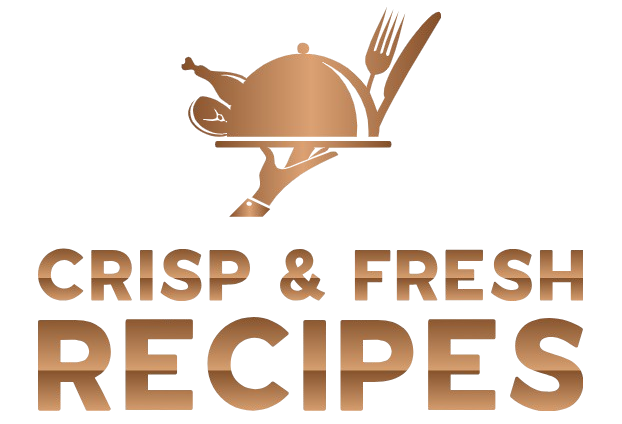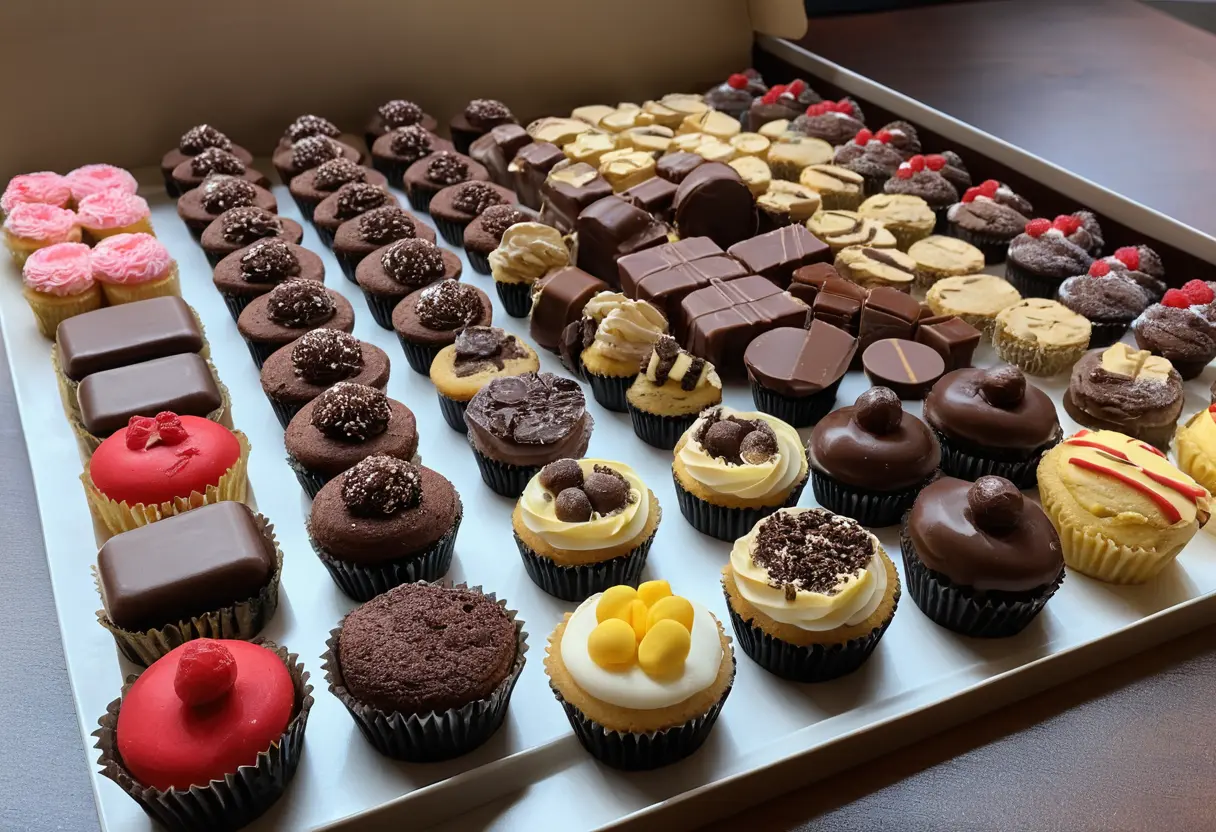Crafting an exquisite dessert platter is not just about placing sweets on a tray; instead, it’s an art that combines creativity, taste, and presentation. Moreover, when done correctly, it becomes the highlight of any event. Whether you’re hosting a formal dinner, a casual brunch, or a festive holiday gathering, a dessert platter fits the occasion perfectly. In addition, it can cater to diverse tastes while serving as a visual masterpiece. As a result, your guests will remember the experience for years to come.
What Is a Dessert Platter?
A dessert platter is not only versatile but also practical. In fact, it offers variety and allows guests to pick their favorites. Furthermore, its vibrant presentation can double as the centerpiece of your event. For example, the inclusion of chocolates, fresh fruits, and artisanal treats ensures something for everyone. Similarly, the ability to customize according to dietary needs makes it inclusive. Therefore, it’s an ideal choice for modern entertaining.
For stunning inspiration, explore this dessert charcuterie board guide to discover innovative ways to elevate your presentation.
Why Choose a Dessert Platter?
Dessert platters offer numerous benefits, making them a favorite for hosts and guests alike. Not only do they provide variety, but they also add an element of elegance to your event.
Variety for Every Taste
A dessert platter allows you to combine multiple flavors and textures, ensuring there’s something for everyone. For instance, you can include chocolate truffles, fresh fruit skewers, and cookies. This way, the possibilities remain endless.
Aesthetically Pleasing
When designed thoughtfully, dessert platters can double as edible art. The vibrant colors of fresh fruit, the intricate details of artisanal chocolates, and the delicate textures of pastries create a visually stunning display. Additionally, the artistic presentation becomes a conversation starter.
Practical and Inclusive
With options for different dietary preferences—such as gluten-free, vegan, or low-sugar treats—dessert platters accommodate everyone at the table. Consequently, this flexibility makes them ideal for gatherings with diverse guests.
The History and Evolution of Dessert Platters
The concept of serving desserts as a platter has roots in ancient hospitality traditions. In many cultures, offering a variety of sweets was a symbol of abundance and celebration. Over time, the dessert platter evolved into a modern culinary art form, showcasing sophisticated designs and innovative pairings.
For example:
- Middle Eastern Influences: Early dessert platters featured baklava, Turkish delight, and nuts.
- European Refinement: French pastries, Italian tiramisu, and Swiss chocolates became staples.
- Modern Trends: Today’s dessert platters often incorporate global influences, seasonal themes, and health-conscious options.
Types of Dessert Platters
Choosing the right type of dessert platter depends on the occasion, theme, and guest preferences. Here are some popular options to consider:
Traditional Dessert Platters
A classic approach that focuses on timeless treats:
- Mini cakes and cupcakes
- Assorted cookies and biscuits
- Chocolates, truffles, and fudge
Themed Dessert Platters
Perfect for special occasions, themed platters add a unique touch:
- Seasonal Themes: Use ingredients that align with the season, such as pumpkin spice in fall or tropical fruits in summer.
- Occasion-Based Themes: Create wedding-inspired platters with white and gold accents or holiday platters with festive reds and greens.
For more themed dessert ideas, explore our guide on creative holiday platters.
Regional Dessert Platters
Highlight the flavors of specific regions:
- Asian-Inspired: Mochi, green tea-flavored desserts, and sesame cookies.
- Mediterranean: Baklava, dates stuffed with almonds, and pistachio treats.
- American Classics: Brownies, pies, and chocolate chip cookies.
Key Components of a Dessert Platter
A well-balanced dessert platter includes diverse components that complement each other. Thus, your platter remains both appealing and satisfying.
Sweet Treats
These form the foundation of the platter:
- Mini tarts, éclairs, and cheesecakes
- Brownies, blondies, and cookies
- Artisanal chocolates and candies
Fresh Fruits
Add freshness and a burst of natural sweetness:
- Berries like strawberries, blueberries, and raspberries
- Sliced fruits such as melons, kiwis, and pineapples
- Exotic options like dragon fruit, figs, or passionfruit
Savory Accents
Contrasting flavors enhance the overall experience:
- Cheese selections, such as brie or mascarpone
- Salted nuts like cashews, almonds, or walnuts
- Crackers and breadsticks for pairing
Dips and Sauces
Interactive elements make the platter more engaging:
- Chocolate fondue, caramel sauce, or fruit coulis
- Whipped cream or yogurt-based dips
- Peanut butter or Nutella for indulgent options
Advanced Tips for Creating Stunning Dessert Platters
Balancing Flavors and Textures
To create a memorable platter, focus on achieving harmony. For instance, mix sweet, tangy, and savory items. In addition, pair crunchy elements like biscotti with creamy components like mousse.
Presentation Matters
A visually appealing platter draws guests in. Moreover, presentation is just as important as taste.
- Layering: Use tiered trays or risers to add dimension.
- Color Palette: Incorporate vibrant fruits, neutral pastries, and pops of color with edible flowers.
- Garnishes: Add finishing touches like mint leaves, powdered sugar, or chocolate curls.
For more insights, read our guide to dessert garnishes.
Pairing Dessert Platters with Drinks
The right beverage can amplify the flavors of your dessert platter. Thus, consider these pairings:
- Coffee and Tea: Complement pastries and chocolates.
- Sparkling Wine: Pairs beautifully with fruity and light desserts.
- Cocktails: Try a chocolate martini with rich desserts or a mojito with citrusy treats.
- Non-Alcoholic Options: Serve milkshakes, flavored sodas, or fruit-infused water for variety.
FAQs About Dessert Platters
- How Far in Advance Can I Prepare a Dessert Platter?
Most items can be prepped a day ahead, but fresh fruits and delicate pastries should be added just before serving. - What Are Budget-Friendly Ideas?
Focus on seasonal fruits, bake simple cookies, and use bulk items like nuts or candies for an affordable yet impressive platter. - How Can I Make a Dessert Platter Eco-Friendly?
Use reusable trays, biodegradable toothpicks, and natural garnishes like citrus peels or herb sprigs.
Conclusion: A Feast for All Senses
Crafting an exquisite dessert platter is an opportunity to combine flavors, textures, and aesthetics into a single, memorable experience. By incorporating thoughtful elements, accommodating dietary needs, and paying attention to presentation, you can create a platter that delights every guest. With these tips and ideas, your dessert platter will not only satisfy taste buds but also become a stunning centerpiece for your event.


I acquired something new today, thanks to your blog.